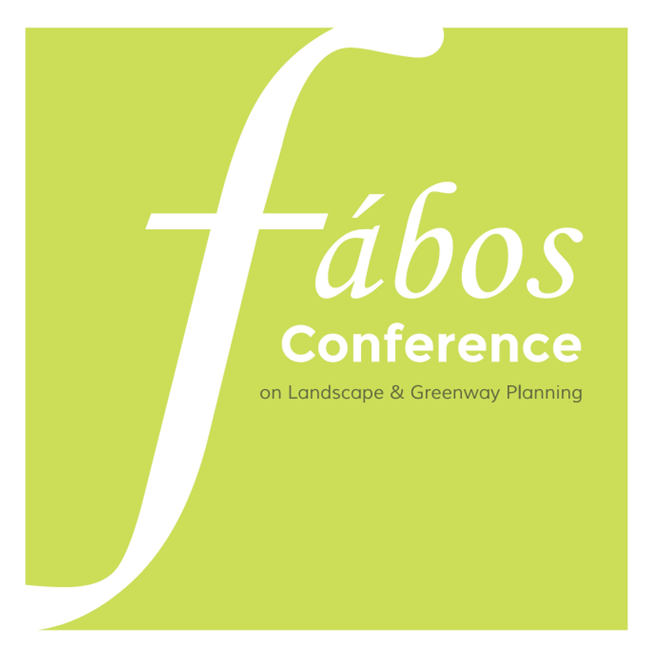Construction of Green Space Assessment Indicators for Urban Residential Areas Based on 3D Vegetation Volume: A Case Study of Residential Communities in Wuhan
Abstract
Background: Green spaces in residential areas provide essential ecosystem services such as climate regulation, stormwater management, and cultural services. Constructing Regulations for the indicators of these green spaces is crucial for ensuring their ecosystem service performance. Current assessments largely rely on 2D indicators, such as green area ratio and green area per capita, which cannot capture the vertical characteristics and holistic ecosystem service efficiency of residential green spaces.
Objective: This study utilizes global canopy height and Leaf Area Index (LAI) datasets to establish assessment indicators for urban residential green spaces based on 3D vegetation volume and total leaf area. By analyzing the Area of Interest (AOI) distributions across different residential areas, we proposed four 3D vegetation indicators, including 3D vegetation volume per unit area, total leaf area per unit area, 3D vegetation volume per capita and total leaf area per capita. A comparative analysis of 2D and 3D metrics is then conducted within the central urban area of Wuhan as a case study.
Methods: The study employed global LAI and canopy height datasets alongside AOI vector data sourced from Gaode Map and Point of Interest (POI) data from Anjuke, focusing on 1228 residential communities within the third ring expressway of Wuhan. Using ArcGIS Pro, we calculated 2D indicators (vegetation coverage and vegetation area per capita) and 3D vegetation indicators, and analyzed the correlation between these metrics and the corresponding average housing prices and construction dates of the residential buildings.
Data Analysis: The results indicate that in Wuhan's built-up residential areas, the average 3D vegetation volume per square meter is 0.72 m³, ranging from 0.01 m³ to 1.6 m³. The average 3D vegetation volume per capita is 11.93 m³, predominantly between 0 m³ and 20 m³. The average total leaf area per square meter is 0.92 m², while the total leaf area per capita averages 17.64 m². Additionally, the average vegetation coverage is 24%, with greening area per capita averaging 3.78 m². The calculation results are shown in Figures 1-5. The correlation analysis shows that there is no significant correlation between the construction year or average housing prices of residential buildings.
Conclusion: The evaluation result of the proposed 3D vegetation volume indicators reveals distinct distributions compared to 2D indicators. The integration of 3D indicators with 2D metrics can provide a more comprehensive analysis method for the ecosystem service efficiency of urban residential green spaces.
Keywords: landscape architecture, residential green space, vegetation volume, evaluation indicator
How to Cite:
Zhu, T., Chen, A., Yan, Y. & Zhang, W., (2025) “Construction of Green Space Assessment Indicators for Urban Residential Areas Based on 3D Vegetation Volume: A Case Study of Residential Communities in Wuhan”, Fábos Conference on Landscape and Greenway Planning 8(1). doi: https://doi.org/10.7275/fabos.2409
397 Views
165 Downloads
